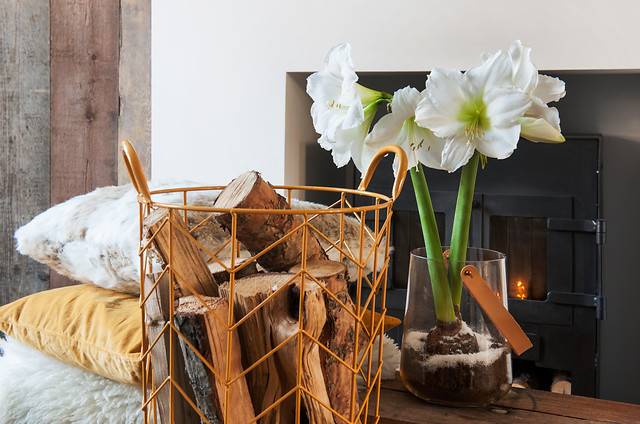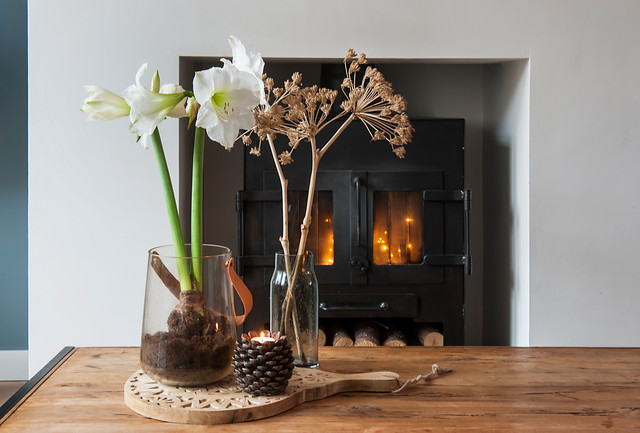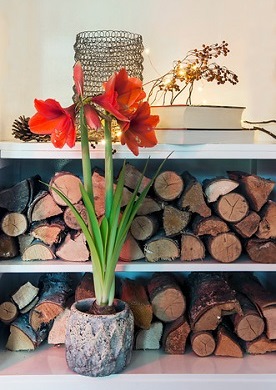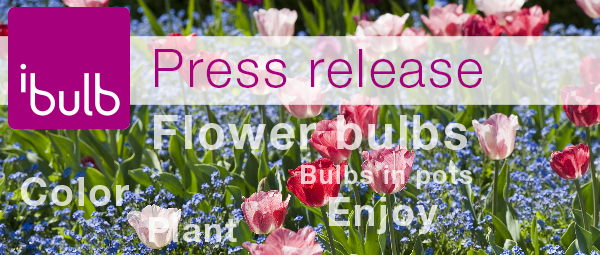Amaryllis for fall beauty
Fall has arrived! Time to bring some of this rich seasonal bounty indoors. And what better choice than with Amaryllis? After all, the Amaryllis is the queen of flower bulbs.??

Pleasantly warm
Delightful, isn???t it? After a wonderful summer, fall is here again! A crackling fire in the fireplace, soft deep cushions to burrow into and lovely warm throws beckon us inside. The finishing touch? Amaryllises. In the garden, nature may be tucking itself in against the cold, but the temperature indoors is so pleasant that these gigantic flower bulbs can???t wait to start growing. So don???t you wait either: make your home ready for the season to come.??

A spectacular growth process
The Amaryllis has a truly enormous flower bulb. By placing it in a heated house, the bulb ???thinks??? that spring has arrived. Very soon, the bulb starts to grow and produce splendid flowers. Simply watching this growth process is spectacular. The first to emerge from the flower bulb are the leaves and stems. Not long thereafter, you???ll see the first buds appear. In just a few weeks, the plant will be producing its gigantic flowers. Their most familiar color is red, but there are also white, orange, pink and cream-colored varieties.??

Finding the look you want
But how can you show off your amaryllises best? Difficult? Not at all! For one thing, the bulb contains all the nutrients the plant needs, so you don???t have to add additional potting compost or water. It seems no matter what you do, these flowers will always provide you with a gorgeous display. You might want to arrange each of your amaryllis bulbs in its own glass vase – with or without potting compost beneath. Another option would be to arrange them in a shallow container. But it???s all up to you: choose the look you like best.
??
Interesting facts
- Did you know that the official name for the Amaryllis is Hippeastrum?
- These large flower bulbs are native to South America.
- Each stem produces 4 to 6 huge flowers. The larger the flower bulb, the more flowers it will produce.
Would you like to know more about flower bulbs?
Take a look at

